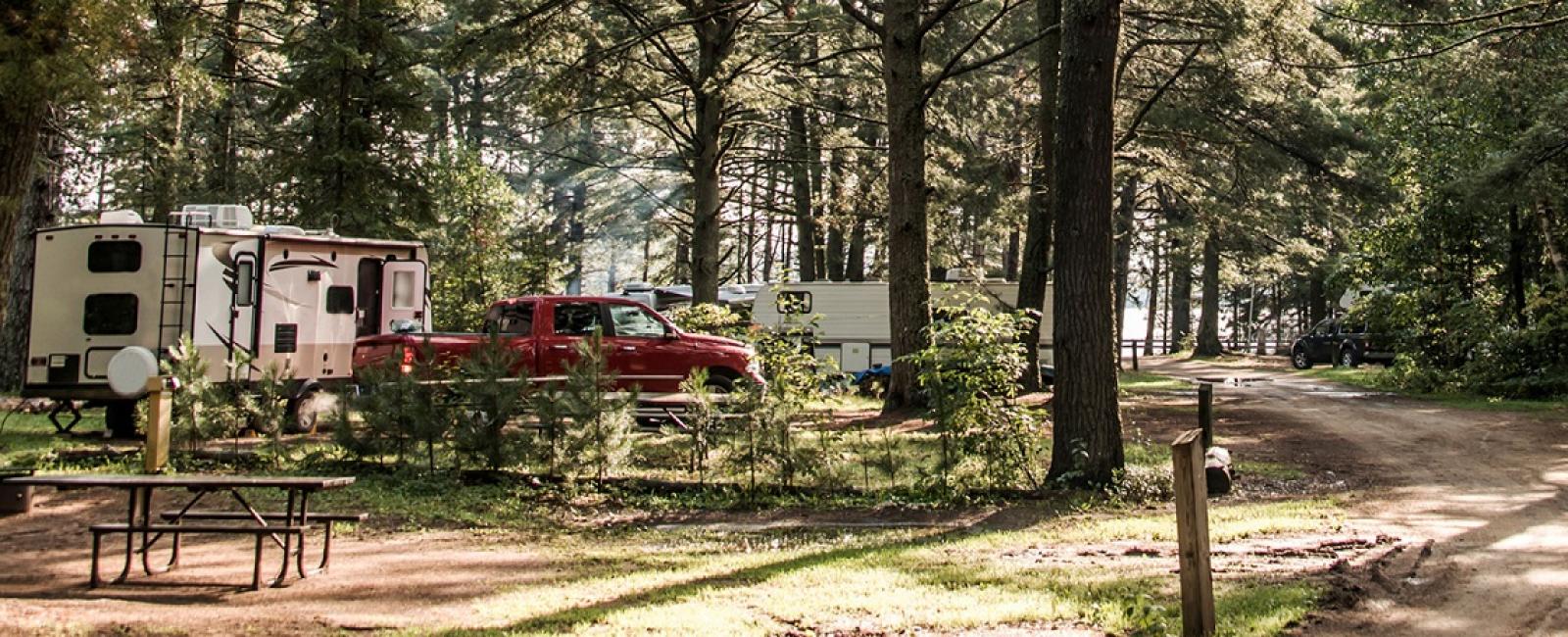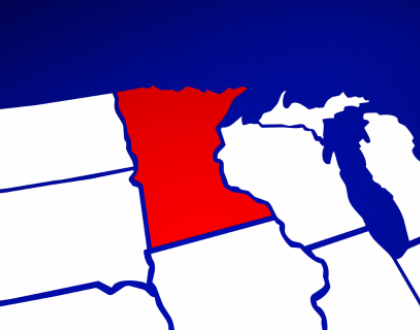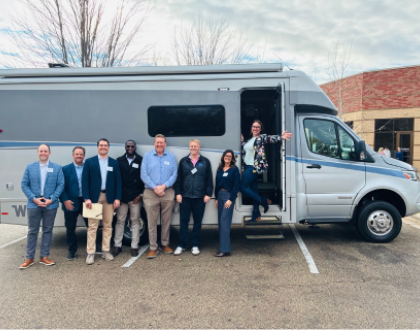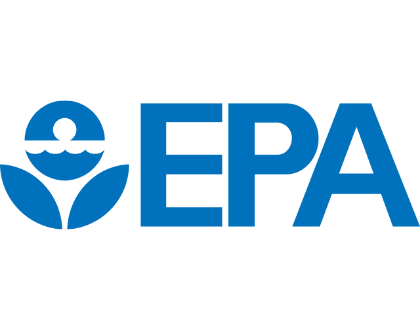
Campground Modernization And Expansion
The RV Industry Association supports increased investment in campgrounds on public lands as well as the establishment of partnerships between experienced campground operators and the federal government, where appropriate, as an entrepreneurial mechanism for addressing campground modernization on public lands and in gateway communities.
The RV industry has been experiencing 40 years of long-term growth that has been super charged over the past few years as new, younger, and more diverse consumers turn to RVing as the perfect way to explore the great outdoors, work/attend school remotely, and experience the many physical and mental health benefits of being outside. In 2024, a record 11.2 million households own an RV, up 26% over the past 10 years and up 62% over the past 20 years. An incredible 9.6 million households intend to buy an RV within the next 5 years.
As an unprecedented number of Americans flock to the RV industry, there is a well-established need for campground modernization and expansion to address outdated campground infrastructure. The good news is, fixing our iconic parks and campgrounds is a smart investment – for every dollar Congress invests in our national parks over $10 is returned to the U.S. economy. For example, in 2023, 325 million park visitors spent an estimated $23.9 billion in local gateway regions while visiting National Park Service lands across the country. These expenditures supported a total of 378,000 jobs, $17.5 billion in labor income, and $50.3 billion in economic output in the national economy.
Furthermore, according to a recent Bureau of Economic Analysis (BEA) report, outdoor recreation generates $1.1 trillion in economic output (2.2% of GDP), supports 5 million jobs and comprises 3.2% of U.S. employees. Across all metrics the outdoor recreation economy’s growth has outpaced that of the U.S. economy. The new numbers show that RVing was the largest conventional activity for the nation at $35.5 billion in current-dollar value added and was the largest conventional activity in 22 states.
Inventory and Access
We now have a comprehensive report that details the availability of campsites and campground amenities at federal, state, municipal, and private campgrounds across the United States, which shockingly details that while there are 11.2 million households that own an RV, there are only 20,467 campgrounds with RV accessible sites.
In a survey of more than 2,000 RV owners, 98 percent of RVers believe the national park campgrounds need to be repaired, updated, reopened, expanded, and/or modernized. The most desired improvements were longer and wider sites, additional RV hookups, improvement of the day-to-day upkeep of campgrounds, and more RV-friendly campsites.
Connectivity
Broadband coverage of major federal front country sites and key road corridors is needed to supply visitors with much-needed cell and internet service. As a record number of Americans continue to visit our national parks – 325.5 million in 2023 – and work and learn remotely in RVs, this advanced service will supply visitors with reliable connectivity and access to safety features like weather alerts and the ability to contact emergency services. Increased broadband coverage will also improve the consumer experience by allowing enhancements such as online reservations and rentals.
Economic Development & Rural Prosperity
Fixing our national park and gateway community infrastructure is a good economic investment for our country generally, but these investments are also a proven way to grow rural prosperity. Many rural communities act as gateways to public lands, and the opportunities outdoor recreation creates on these public lands bring jobs, tourism, and commerce into rural areas.
In 2023, 325 million park visitors spent an estimated $23.9 billion in local gateway regions while visiting National Park Service lands across the country. These expenditures supported a total of 378,000 jobs, $17.5 billion in labor income, and $50.3 billion in economic output in the national economy. This economic impact created by outdoor recreation and RVers in gateway communities helps to revitalize rural America. Balancing the potential for outdoor recreation with respect for the local community can lead to fruitful partnerships and opportunities for all stakeholders.
Partnerships
Bringing public lands infrastructure into the 21st century will require robust and creative collaboration across the public and private sectors. When partnerships between private industry, such as experienced campground operators, and the federal government are discussed, there can be confusion about whether this model would lead to the “privatization” of federal lands. It does not. These partnerships are not privatization – the RV Industry Association does not support the privatization or selling of federal campgrounds. What these partnerships do allow is for campground improvements and modernization to be made with private investment and volunteer services – without draining federal resources that are thin or not available.
These partnerships are a sensible, proven way to bring public land infrastructure into the 21st century, ensuring the federal government remains the owner of all public lands and preserving access and enjoyment of federal campgrounds for current and future generations of RVers to come. They are based on a model that has successfully worked on federal lands for decades and offer the best approach to effectively striking the necessary balance between achieving conservation needs and improving the experience for an ever-changing consumer.
Legislative Solution
The America the Beautiful Act (S. 1547) would reauthorize the National Parks and Public Land Legacy Restoration Fund for an additional eight years and provide much-needed funding for deferred maintenance on our nation’s iconic public lands.
The Legacy Restoration Fund (LRF) was established by the bipartisan Great American Outdoors Act (GAOA), which was a top priority of the RV industry and signed into law in 2020. The Legacy Restoration Fund has strengthened public lands and gateway communities and has delivered transformative results that allow RVers to continue to access safe, maintained, and enhanced outdoor spaces. In its last five years, the Legacy Restoration Fund has:
- Allocated $5.9 billion to 396 projects across the United States, including campgrounds, trails, visitor centers, roads, bridges, and essential infrastructure critical to keeping parks open and operational.
- Completed or has ongoing projects in all 50 U.S. States and five U.S. territories
- Created or supported 17,000+ jobs annually
- Averaged $1.9 billion in annual contributions to GDP
The National Park Service reported a record-breaking 331 million recreation visits in 2024, an increase of nearly 2% from the prior year. If enacted, the America the Beautiful Act would provide critical support for public land agencies when they need it most. This bipartisan bill is a reminder of how the outdoors brings people together from both sides of the aisle.
The RV Industry Association encourages Congress to act swiftly to pass the America the Beautiful Act (S.1547) to reauthorize the Legacy Restoration Fund.
Latest PFAS Updates
Please Sign in to View
Log in to view member-only content.
If you believe you are receiving this message in error contact us at memberservices@rvia.org.



